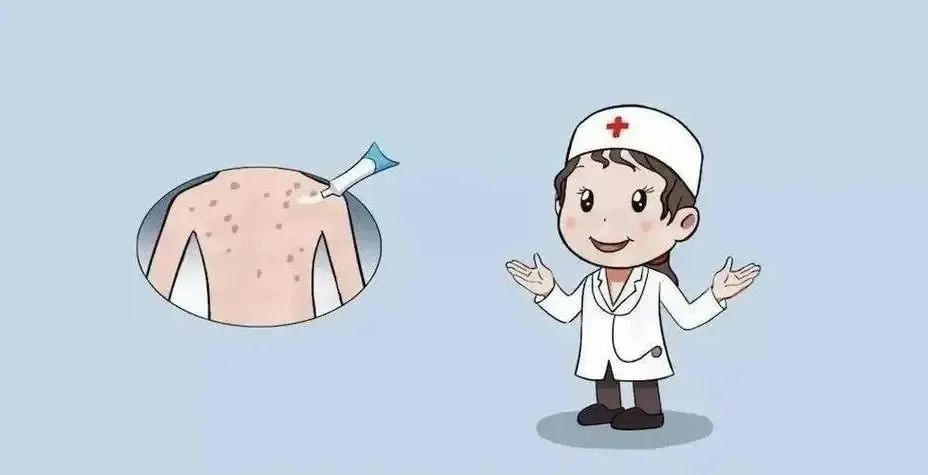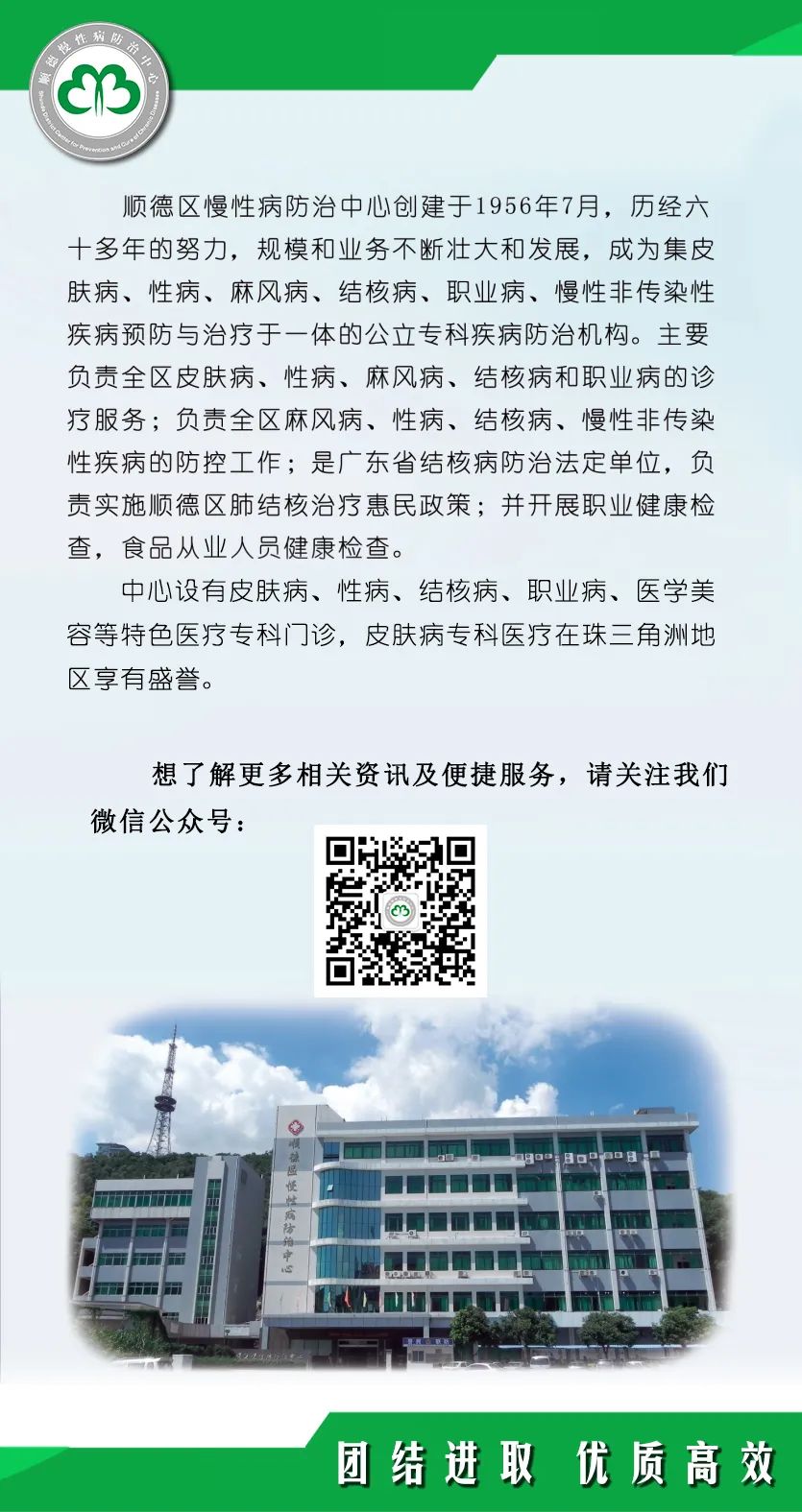
In the hot summer, with many mosquitoes and insects, especially this year with abundant rainfall, the weather is humid and hot. Common skin diseases such as eczema, urticaria, insect bites, atopic dermatitis, contact dermatitis, and tinea manuum, tinea capitis, tinea cruris are prone to flare-ups, causing symptoms like skin itching, erythema, and wheals. At this time, people often habitually use some creams and ointments to relieve itching.
Creams and ointments, as common topical medications, are a frequently used dosage form. They are easy to carry and convenient to apply, generally applied directly to the affected area, and have good therapeutic effects on various skin diseases and epidermal injuries.
In daily life, Fang Feng (Sichuan Pepper) Cream, Mupirocin Ointment, Erythromycin Ointment, and Hydrocortisone Butyrate Cream are all classified as creams and ointments.
However, do these topical medications have no adverse reactions? Does applying more lead to faster healing?
1. Do you know what creams and ointments are?
Ointments refer to semi-solid topical preparations made by uniformly mixing drugs with suitable bases. Common bases are divided into oily, aqueous, and emulsion bases, among which ointments made with emulsion bases that are easy to apply are called creams. Creams are a type of ointment. Creams can be of water-in-oil (O/W) or oil-in-water (W/O) types, with most creams on the market being water-in-oil creams, such as petroleum jelly hand cream.

2. What are the characteristics of creams and ointments?
a. Creams and ointments can absorb exudates from wounds, are easy to apply, and easy to clean.
b. They can be used for subacute, chronic, and non-exudative skin diseases, but are contraindicated for erosive, ulcerative, and purulent wounds.
c. Drugs in O/W bases are released and absorbed through the skin more quickly than those in W/O bases.
d. When O/W bases are used for skin diseases with abundant secretions, the absorbed secretions can re-enter the skin and worsen the condition.
e. W/O emulsion bases can absorb some moisture, have good transdermal absorption, and excellent spreadability.
f. W/O bases often require the addition of preservatives and moisturizers, and drugs that are unstable in water should not be prepared in emulsion bases.
3. Correct usage of creams and ointments.
a. Before application, the affected skin should be cleaned thoroughly. If the affected area is on the scalp or hairy parts of the body, hair should be removed first to facilitate application.
b. According to the doctor’s advice or the instructions, take an appropriate amount of ointment and apply it to all affected areas, spreading it evenly with your fingers. After application, gently massage to promote drug absorption and enhance efficacy.
c. Some medications may require occlusion after application (i.e., wrapping the skin with plastic wrap or tape), which can significantly increase the moisture content of the skin’s stratum corneum, enhance drug absorption, and improve efficacy. However, this operation must be done under the doctor’s advice; if the doctor does not recommend occlusion, taking this measure on your own may worsen the condition due to lack of air circulation or cause systemic adverse reactions due to excessive drug absorption.
d. It is generally not recommended to apply a thick layer of ointment to broken, ulcerated, or exuding areas (as it can nourish bacteria and cause secondary infections).

e. When using topical solutions and ointments simultaneously on the same affected area, apply the solution first, and after the wound is dry, apply the ointment. If using two or more ointments simultaneously, use them in the order prescribed by the doctor or pharmacist based on different conditions.
f. If there is burning, itching, redness, swelling, rash, or other reactions at the application site after using the ointment, stop using it immediately, wash the applied medication off, and consult a doctor or pharmacist promptly.
g. Avoid applying to mucous membranes such as the eyes, nose, and mouth.
h. Avoid prolonged use on delicate skin and the face to prevent damage to the skin (such as atrophy, telangiectasia, striae, etc.). The area of application should not be too large, and the frequency should not be excessive.
i. Applying ointment does not mean thicker is better; a thin layer is sufficient to maintain normal skin respiration, which aids in recovery.
4. What should be noted when using creams and ointments?
Medication should consider the patient’s age, different diseases, and the location of skin lesions, and different medications and application areas should be selected accordingly. For example, strong corticosteroid ointments are not suitable for children; when using the same medication and application area, children generally have a higher absorption rate than adults; high-concentration, irritating medications should not be chosen for skin folds and mucous membranes; acne medications should only be applied to the affected area, while tinea cruris medications can be extended to surrounding skin, etc. Therefore, everyone should be cautious; ointments are not to be applied as much as desired, but should be based on the symptoms of the condition. Please follow the doctor’s advice or the medication instructions for use.

5. Storage methods for creams and ointments.
Creams and ointments should be stored in a light-proof, sealed container within the temperature range specified in the instructions. The storage temperature should not be too high or too low to avoid separation of the base or degradation of the medication, which could affect the stability, uniformity, and efficacy of the medication. If the cream or ointment has an unusual odor, discoloration, or changes in properties, do not use it.
★ Our center’s Dermatitis Relief Cream and Fang Feng (Sichuan Pepper) Ointment are both classified as creams and ointments.

★ Dermatitis Relief Cream
Function and Indications: It has anti-inflammatory, anti-itch, analgesic, and anti-allergic effects. It is used for the treatment of various types of eczema, contact dermatitis, insect bites, and neurodermatitis.
Dosage: For external use. Apply to the affected area 2-3 times a day.
Precautions: Long-term occlusive use is not recommended; pregnant women should use it with caution, avoiding long-term large doses. Patients with favism should avoid using it.
Storage: Sealed, stored in a cool place.
★ Fang Feng (Sichuan Pepper) Ointment
Action and Uses: This product has anti-itch, antiseptic, and improves local blood circulation effects. It is used for unbroken frostbite and neurodermatitis.
Dosage: For external use. Apply to the affected area 2-3 times a day.
Precautions: Pregnant women should use it with caution, avoiding long-term large doses. Patients with favism should avoid using it.
Storage: Sealed, stored in a cool place.
★ Friendly Reminder:
1. Hospital preparations are prescription medications and must be used under the guidance of a doctor with a prescription.
2. Each person’s skin damage causes and conditions may vary. When you cannot judge on your own, be sure to seek diagnosis and treatment from a qualified hospital doctor. Do not casually purchase and use medications to avoid worsening skin problems.

THE
END
Contributed by: Yun Guiyin
Reviewed by: Xie Lingfei, Chen Qiuwen
Approved by: Luo Jieying




